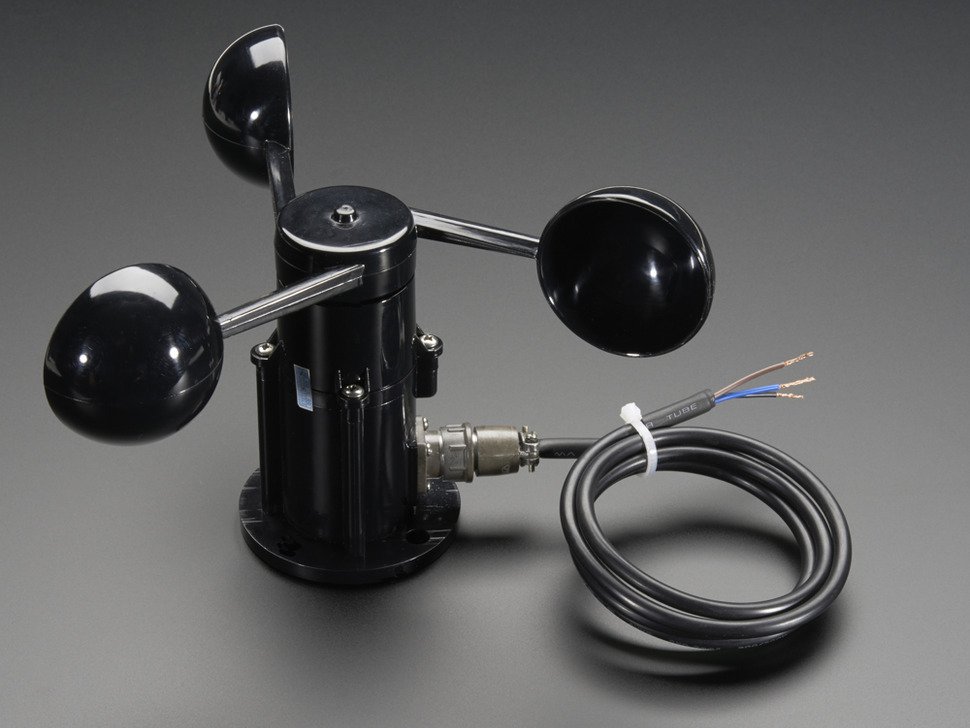Choosing the Right Anemometer: A Comprehensive Purchasing Guide
Wiki Article
All You Need to Know Concerning Anemometers: How They Function, Why They Issue, and Where to Utilize Them
Anemometers, however typically overlooked in the world of scientific instruments, play a vital function in numerous fields, offering valuable understandings right into wind speed and air movement patterns. As we dive right into the details of anemometer technology, we will certainly reveal the inner workings of these devices, their importance, and the crucial factors to consider when selecting the appropriate anemometer for specific applications.
Anemometer Essentials
A vital instrument made use of to determine wind rate and direction, the anemometer plays an important duty in meteorology and numerous industries. An anemometer generally consists of 3 or 4 cups that revolve in the wind, a vane that aims into the wind, and sensors to track the motions or turnings.
There are numerous kinds of anemometers offered, including mug anemometers, vane anemometers, hot-wire anemometers, and sonic anemometers, each with its unique attributes and applications. Cup anemometers are generally utilized for fundamental wind speed measurements, while vane anemometers are favored for directional dimensions. Hot-wire anemometers are suitable for reduced airspeeds, and sonic anemometers are suitable for high-precision dimensions in research and industrial setups. Understanding the fundamentals of anemometers is important for precise wind information collection and analysis across various sectors.
Concepts of Anemometer Operation
Building on the fundamental understanding of anemometer essentials, the principles of anemometer procedure illuminate the mechanics behind wind rate and direction dimensions. Anemometers operate the principle of airflow influencing a sensing unit, creating it to rotate. Cup anemometers, as an example, have three or more cups that capture the wind, causing them to spin faster as the wind speed increases. The turning speed is after that exchanged a wind rate dimension. Vane anemometers, on the various other hand, make use of a tail or a probe that aligns itself with the wind instructions, giving a dimension of wind direction based on the positioning of the sensing unit. Hot-wire anemometers depend on a heated cable that cools as wind overlooks it, with the price of cooling figuring out the wind rate. Ultrasonic anemometers procedure wind speed and direction by evaluating the time it takes for ultrasonic signals to take a trip in between transducers. Comprehending these principles is vital for exact and trustworthy wind measurements in numerous applications.Relevance of Anemometers
The value of anemometers in weather forecasting and different markets can not be overstated. Anemometers play a critical function in determining wind rate and instructions, giving important data for weather Recommended Site projecting, climate research studies, ecological tracking, and air travel procedures. Meteorologists count on anemometers to gather exact wind information, assisting them recognize climate patterns, predict storms, and problem timely warnings to the general public. In sectors such as building and construction, agriculture, sustainable energy, and maritime procedures, anemometers are made use of to maximize procedures, make certain security, and boost effectiveness. Wind ranch operators use anemometers to assess wind problems and make the most of electricity production from wind turbines. In the maritime field, anemometers aid ship navigation by giving real-time wind info to captains, helping them make educated decisions to make sure risk-free trips. On the whole, anemometers are important tools that contribute substantially to safety, performance, and notified decision-making in meteorology and a large range of sectors.Applications Throughout Various Industries
In the sustainable energy field, anemometers play a vital duty in examining wind conditions for wind farm placements, making certain optimum energy manufacturing. Industries like construction and mining utilize anemometers to monitor wind rates, vital for safety methods, particularly when functioning at heights or in open-pit mines where strong winds can posture threats. In agriculture, anemometers assist farmers in taking care of plant splashing by providing real-time data on go to my site wind rate to prevent drift.
Selecting the Right Anemometer for Your Demands
For basic functions, a mug anemometer is appropriate for gauging wind speed, while a vane anemometer gives wind direction information. Hot-wire anemometers are optimal for low airspeed dimensions, and ultrasonic anemometers supply high precision and durability.
Conclusion
click resources In verdict, anemometers play a critical role in gauging wind rate and direction across various industries. It is vital to take into consideration the value of anemometers in order to make informed choices when choosing the most ideal device for gauging wind conditions.There are numerous kinds of anemometers available, including cup anemometers, vane anemometers, hot-wire anemometers, and sonic anemometers, each with its special attributes and applications. Mug anemometers are commonly utilized for fundamental wind speed measurements, while vane anemometers are preferred for directional dimensions. Hot-wire anemometers are appropriate for reduced airspeeds, and sonic anemometers are perfect for high-precision dimensions in study and commercial settings.Structure on the foundational understanding of anemometer essentials, the concepts of anemometer procedure illuminate the auto mechanics behind wind rate and direction dimensions. For basic functions, a cup anemometer is suitable for gauging wind speed, while a vane anemometer provides wind direction data.
Report this wiki page